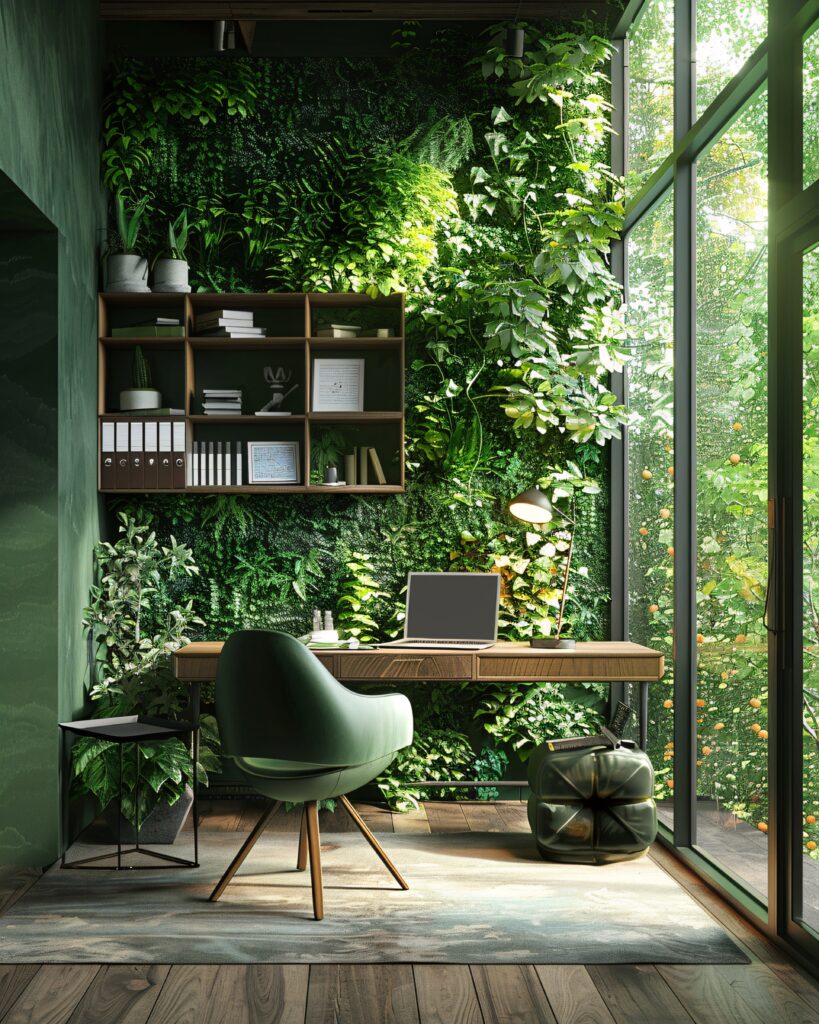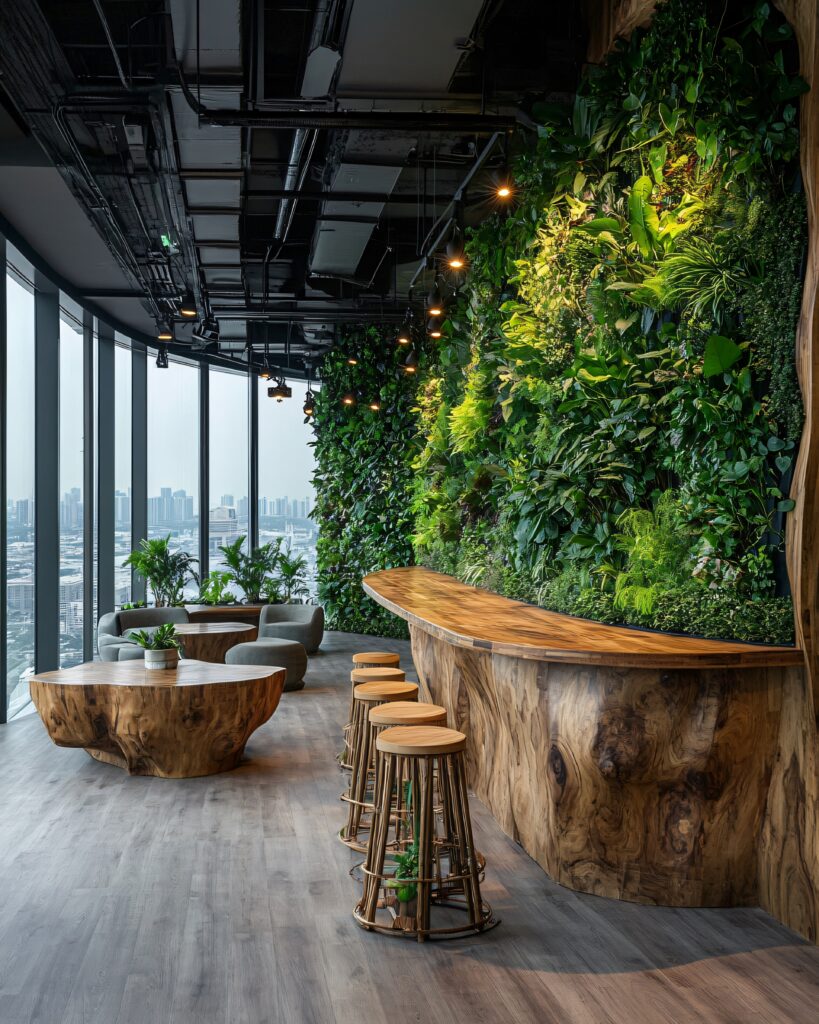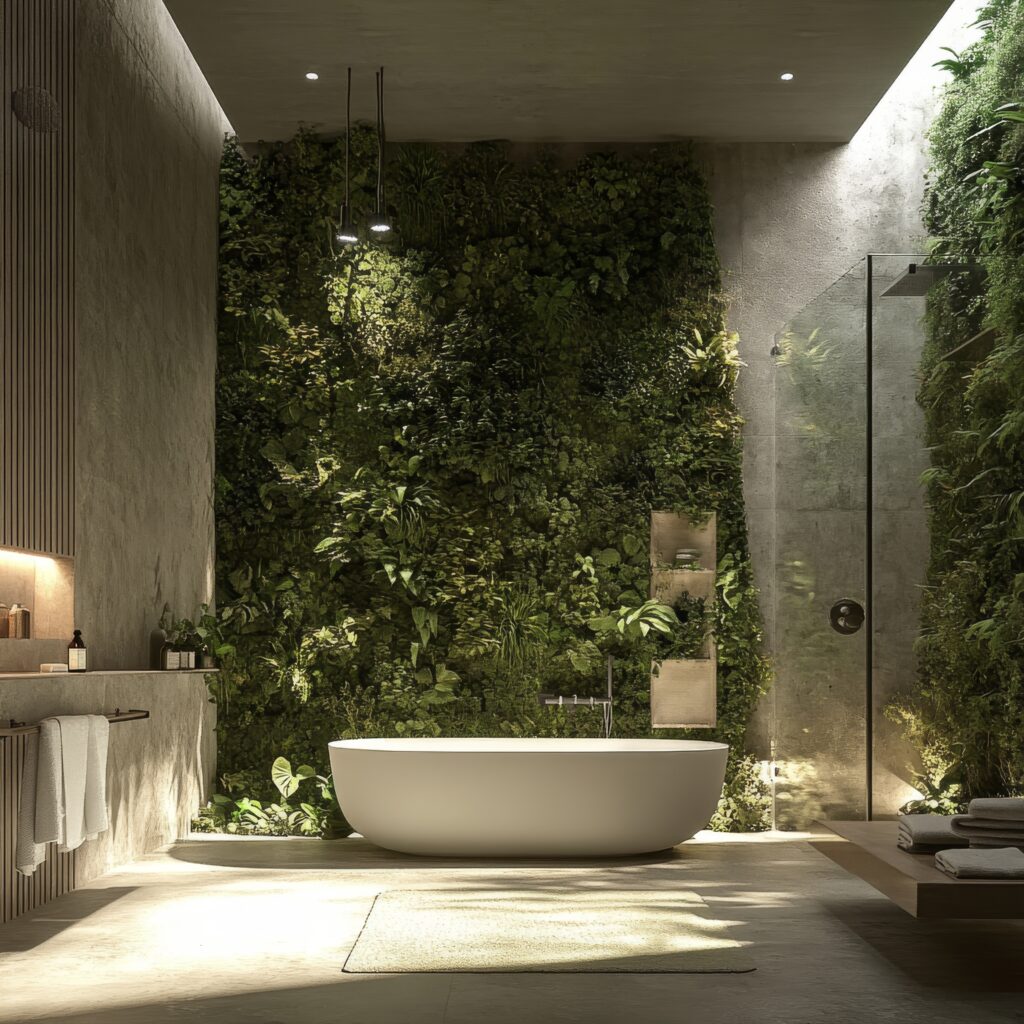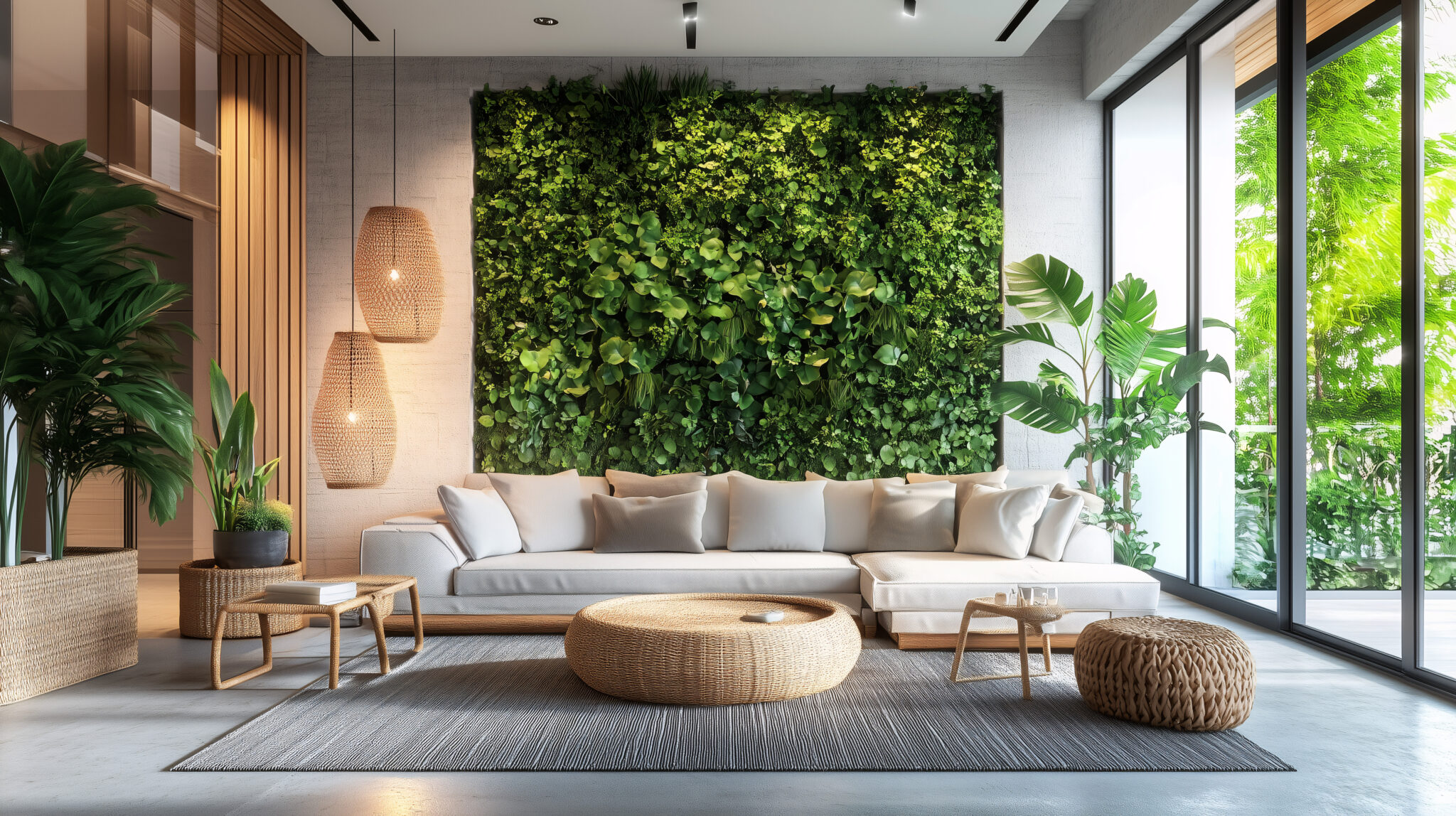In a world where the demands of modern life can often feel overwhelming, a growing trend in interior design is emerging that creates spaces nurturing well-being and fostering a sense of calm. As we spend more time at home than ever before, the impact of our surroundings on mental, physical, and emotional health is clearer than ever. Enter home design for wellness and comfort — a design philosophy that seamlessly integrates biophilic elements to create spaces that look beautiful and improve our overall quality of life.

Wellness-centered home design is not a passing trend. It has grown throughout the years, and it’s getting stronger. It has become a reflection of how our understanding of health and comfort has evolved. This design focuses on the holistic connection between mind, body, and environment. Its approach combines the principles of sustainability, functionality, and aesthetic beauty to create a living space that promotes mental clarity, physical health, and emotional well-being.
Central to this movement is the concept of biophilic design. Derived from the Greek words “bios” (life) and “philia” (love), biophilia refers to “the love of life” or “the love of living systems.” It represents anything that fosters, supports, or enhances this connection. The idea is rooted in the belief that humans have an inherent desire to connect with nature, which can result in reduced stress, increased happiness, and enhanced cognitive function. In design and architecture, biophilic describes environments, features, or elements that aim to bring aspects of nature indoors or integrate natural surroundings with built spaces to improve well-being, creativity, health, and productivity.
Biophilic design goes beyond adding a few plants here and there. It’s about creating spaces where nature is woven into every part of the home, from materials and lighting to the very structure of the space itself. Lush green walls, natural materials, large windows framing outdoor views, and open, airy spaces that encourage movement and interaction with the natural world.



Key Elements of Wellness and Comfort in Home Design
Natural light is one of the most important factors in any wellness-focused home. Research has shown that exposure to natural light can regulate our circadian rhythms, improve mood, and even increase vitamin D levels. When designing a home for wellness, biophilic design maximizes daylight by incorporating large windows, skylights, and glass doors opening to outdoor spaces.
In addition to light, airflow is equally crucial. A well-ventilated home with ample fresh air circulation prevents indoor air pollution, reduces allergens, and improves respiratory health. Ceiling fans, natural ventilation systems, and air-purifying plants help maintain an environment that supports well-being.
Materials play a big role in wellness-focused design. Natural materials like wood, stone, linen, and wool create tactile, sensory-rich environments that are not only beautiful but also calming. Unlike synthetic materials, which can off-gas harmful chemicals into the air, natural materials help purify the environment and create a healthier living space. Wood is known for its calming effect. Its textures and organic qualities help evoke feelings of warmth and stability. Many biophilic-designed homes incorporate wooden floors, stone countertops, and furniture crafted from reclaimed timber to bring the outdoors inside and create a sense of grounding in your home.
No biophilic design is complete without plants. Studies show that indoor plants can reduce stress, lower blood pressure, and even improve concentration. Incorporating greenery into the design is one of the easiest and most effective ways to boost a home’s wellness factor. Plants such as peace lilies, snake plants, succulents and spider plants do wonders.
On many levels, water also plays a significant and transformative role in biophilic design. It acts as both a visual and sensory connection to nature. The sound of flowing water, whether from a fountain, stream, or waterfall, has been shown to have a calming effect on the nervous system. It helps mask distracting background noise and promotes focus and concentration. In urban environments, where noise pollution is a concern, the soothing sounds of water create a more peaceful atmosphere, which reduces stress and improves mood. Water features can act as natural white noise, helping reduce anxiety and improve mental clarity. In addition, water’s visual qualities, with its ripples and constantly changing patterns, make the environment feel alive and connected to nature.
Another core of biophilic design is the incorporation of designated relaxation areas into the home which are essential for mental well-being. In homes with this design, a serene sanctuary exists for relaxing, meditating, or perhaps practicing yoga. Soft lighting, comfortable seating, and a clutter-free environment are important for fostering mindfulness.
Another significant impact on mood is color and texture. In biophilic design, soft, earthy tones — such as sage greens, soft blues, muted neutrals, and warm terracotta — are used to create calm and soothing atmospheres. The colors evoke the natural world, promoting relaxation and emotional balance.
Benefits of Biophilic Design
Studies have shown that environments rich in natural elements reduce stress, improve mental clarity, and boost moods. It’s also been found that incorporating natural elements in home design has been linked to improved cognitive function, creativity, and focus, making biophilic design popular in office and commercial spaces.
Many biophilic design elements also align with sustainable practices, such as using natural, locally sourced materials and incorporating renewable resources like solar power. This makes sense as this type of design is about fostering a deeper connection between humans and the natural world.
Home design for wellness and comfort is about creating an environment that nurtures the body, mind, and spirit. It’s about designing a space that enhances connections to nature and allows all aspects of life to flourish. Biophilic elements like natural light, materials, and plants, along with mindful spaces for relaxation and physical activity, promote health, comfort, and inner peace.



